Electric Fencing for Pigs
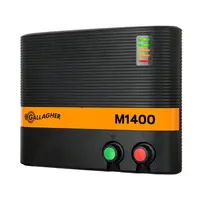

- Mains powered
- Ideal for fences up to 55 km
- Voltage 7,700 V
- Charging energy 12 Joule
- 7 year warranty!
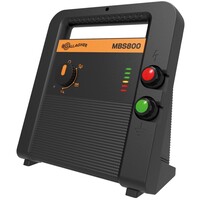

- Mains powered
- Ideal for fences up to 40 km
- Voltage 9,200 V
- Charging energy 7.50 Joule
- 7 year warranty!


Gallagher SmartFence 2.0 (4 pack) provides 100m of all-in-one mobile fencing per unit. Quick and easy to set up or take down in just 5 minutes, perfect for temporary fencing solutions. Ensures reliable containment for your livestock.


Vidoflex 6 is known for its excellent conductivity and is suitable for semi-permanent fencing that is shorter than 500m. Vidoflex 6 is now available in several lengths.


Vidoflex 6 is known for its excellent conductivity and is suitable for semi-permanent fencing that is shorter than 500 m. Vidoflex 6 is now available in several lengths.
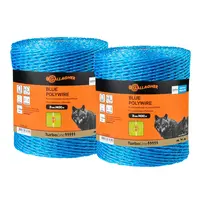

Gallagher TurboLine Polywire 2 x 400 m (blue) is a premium fence strand designed to repel game like wild boar. Featuring 3 tinned copper wires and 21 polyethylene wires for excellent conductivity, it’s ideal for long, mobile fences.
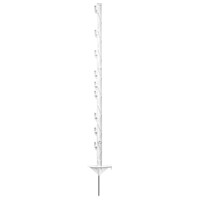

This heavy duty, mobile plastic post (Gallagher Vario Post) has multiple wire holder positions for varying wire heights to suit all types of animals.
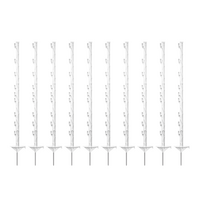

This heavy duty, mobile plastic post (Gallagher Vario Post) has multiple wire holder positions for varying wire heights to suit all types of animals.
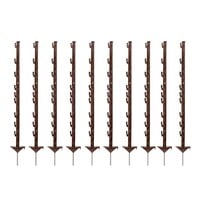

This heavy duty, mobile plastic post (Gallagher Vario Post) has multiple wire holder positions for varying wire heights to suit all types of animals.
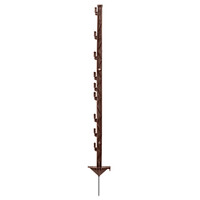

This heavy duty, mobile plastic post (Gallagher Vario Post) has multiple lug positions for varying wire heights to suit all types of animals.


Gallagher SmartFence 2.0 is a 100m all-in-one mobile fence system with four wires, poles, TurboLine wire, and reels. Easy to set up and take down, it offers excellent TurboLine conductivity, making it perfect for temporary fencing.


This Pulsara reel is for 200 m wire. With hand grip and hook to hang on the fence wire. Ideal for subdividing the plot. Includes brake.
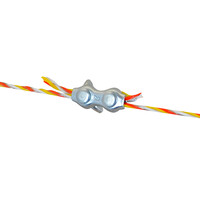

Pack of 10 Hotline Galvanised Polywire Connectors (1mm–2.5mm) – ideal for securely joining polywire with excellent conductivity and a strong connection. Reduces power loss across joints, ensuring fence strength and reliable power.
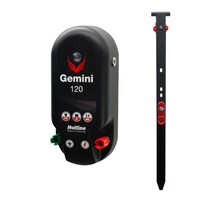

The Hotline Gemini 120 Dual Fence Energiser runs from 12V battery or 230V mains, powering fences up to 18 km. Features galvanised stand, low battery and pulse indicators, and Solar assist, perfect for portable, temporary, or permanent fencing solutions.
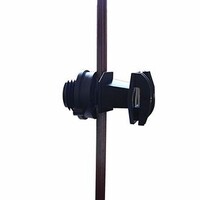

10x Hotline Adjustable Screw-On Tape Insulators – High-quality insulators for all metal electric fence posts up to 13mm diameter. Designed for tape up to 20mm, these durable and adjustable insulators ensure easy installation and secure fencing.
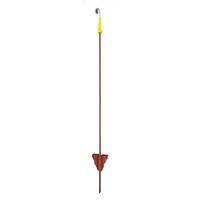

Our Hotline P2 metal pigtail electric fence Posts are 104cm high electric fence posts with a welded triangular base for secure ground fixing. 10 posts pack.
- These metal fence posts are tough, long lasting.
- Ideal for grazing dairy cattle
- Welded
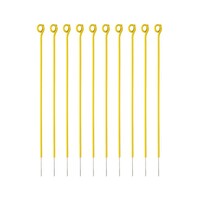

Hotline Plastic Pigtail Electric Fence Posts: A 98cm high, all plastic pigtail electric fence post.


A replacement Pigtail insulator for the P2 Pigtail electric fence post.


Durable 9-strand electro wire with copper & steel conductors. Ideal for sheep fencing & long runs over 1000m. High visibility & conductivity.
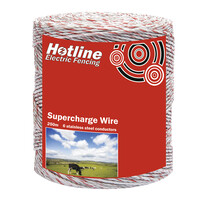

P21/250 Supercharge 6 Strand Electro-Plastic Fencing Wire is Hotline's mid-strength polywire, suitable for fence runs of up to 750m. The polywire is strong and conductive, containing six stainless steel conductors. 250m.